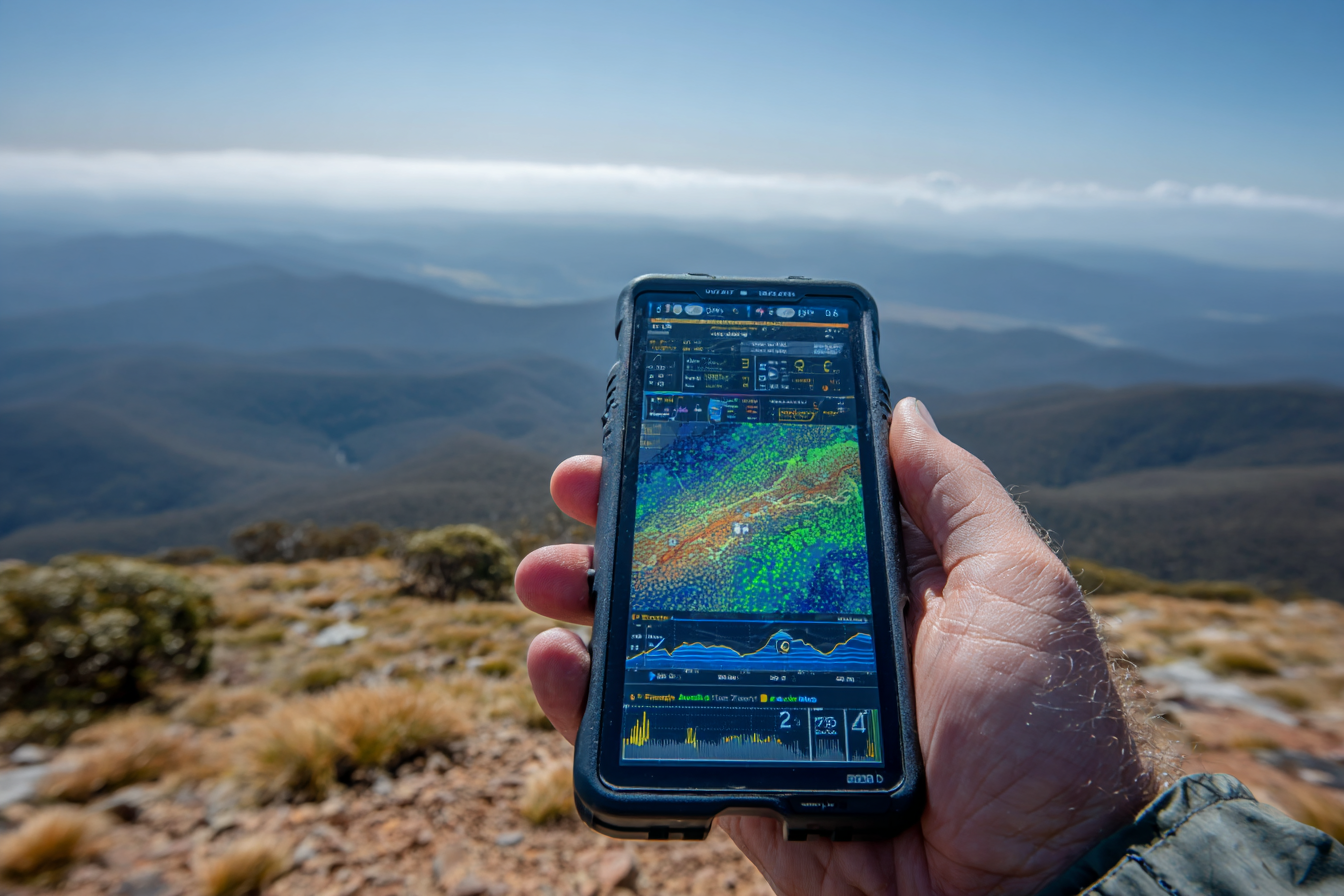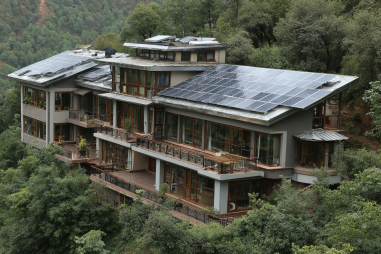Trekking to Everest Base Camp (EBC) is a thrilling adventure that brings you close to some of the most breathtaking landscapes on Earth. However, the high-altitude environment of the Himalayas means that weather conditions can change rapidly and dramatically. Being able to check and interpret Everest Base Camp weather forecasts is a crucial skill for any trekker. It helps you stay safe, avoid unnecessary discomfort, and make the most of your trekking days. This guide will walk you through where to find reliable weather forecasts for EBC, how to understand the mountain weather patterns, interpret key weather data, and smartly plan your trek around changing conditions.
Key Sources for Everest Weather Forecasts
When heading to Everest Base Camp, having access to accurate and up-to-date weather information is essential. Several reliable sources provide forecasts specific to the region:
- National Weather Services: Websites like the Nepal Department of Meteorology and Hydrology offer localized weather updates for major trekking areas.
- Specialized Mountain Weather Websites: Platforms such as Mountain-Forecast.com and Meteoblue provide detailed forecasts for elevations ranging from Lukla to Everest Base Camp, including temperature, wind speeds, and precipitation.
- Weather Apps: Apps like Windy, AccuWeather, and MeteoEarth allow trekkers to monitor weather conditions in real time and often include radar and wind map features.
- Local Trekking Agencies and Guides: Trekking agencies operating in the region typically have access to the latest weather updates and can provide timely advice tailored to your itinerary.
Considering the variability of mountain weather, it’s a good idea to monitor more than one source and cross-check forecasts to build a clearer picture of expected conditions.
Understanding Mountain Weather Patterns
The weather in the Himalayas, especially around Everest, is influenced by several factors which can make it quite unpredictable:
- Altitude: Higher elevations experience much colder temperatures and lower oxygen levels, which affect how weather changes are felt.
- Monsoon Season: From June to September, the region sees heavy rain and snow, making trekking difficult and sometimes dangerous.
- Diurnal Temperature Variations: Temperatures can drop dramatically after sunset, often below freezing even during the trekking season.
- Wind Patterns: Strong winds are common, especially near the South Col and the high passes, which can cause wind chill and increase the risk of frostbite.
Understanding these patterns means you can anticipate the typical weather for the time of year you’re trekking and prepare accordingly.
How to Read Temperature, Wind, and Precipitation Data
When looking at a weather forecast for Everest Base Camp, three critical components to understand are temperature, wind, and precipitation:
- Temperature: Forecasts often provide temperature in Celsius or Fahrenheit. Be aware that temperatures at night or early morning can be much colder than during the day. Also, note whether temperatures are “feels like” or actual air temperature, as wind chill can significantly lower perceived temperature.
- Wind: Wind speed is usually measured in kilometers per hour (km/h) or miles per hour (mph), and you will often see the direction it’s coming from indicated. Strong winds in high altitude can be dangerous. Wind chill indexes in some forecasts help assess the combined effect of wind and temperature on your comfort and safety.
- Precipitation: Look for predictions of rain or snow, often presented as percentage chance or millimeters of accumulation. Precipitation at high altitudes usually falls as snow, which can impact trail conditions and visibility.
Many forecasts also show cloud cover, which affects temperature and the ease of navigation. Understanding these variables together helps you gauge how challenging the weather will be during your trek.
Using Apps and Technology on the Trail
Thanks to advances in mobile technology, trekkers can now access real-time weather updates even in remote areas. Here are some tips for using apps and devices effectively:
- Offline Access: Some apps allow you to download weather maps and forecasts for offline use, which is essential since network coverage can be limited along the trekking route.
- GPS and Altimeter Functions: Many trekking apps include GPS and altimeter features to help check your altitude and location, letting you compare conditions at your exact elevation.
- Battery Management: Cold temperatures can drain batteries faster, so carrying a power bank and keeping your devices warm is recommended.
- Weather Alerts: Enable push notifications where possible, so you receive warnings about sudden weather changes or dangerous conditions.
Using technology makes weather tracking more accessible, but always have a backup plan in case of device failure or lack of signal.
Preparing for Sudden Weather Changes
The mountain weather around Everest can shift quickly, so being prepared for sudden changes is a must. Here’s how to stay ready:
- Layer Your Clothing: Wear multiple layers that can be added or removed as temperatures and conditions change rapidly throughout the day.
- Carry Essential Gear: Pack waterproof and windproof jackets, sturdy boots, a hat, gloves, and sunglasses to protect against glare and snow blindness.
- Have Contingency Plans: Know your route well and identify safe spots to take shelter if a storm hits suddenly.
- Stay Hydrated and Nourished: Cold weather and high altitude increase your body’s energy needs, which help maintain your resilience against harsh conditions.
Anticipating quick weather shifts and having the right equipment can be lifesaving.
Communicating Forecasts with Guides and Groups
If you’re trekking with a group or guide, effective communication about weather conditions is critical for safety and group morale. Here’s how to make it work:
- Review Forecasts Together: Discuss the latest weather updates daily, so everyone is aware of upcoming challenges.
- Share Observations From the Trail: Encourage group members to report changes in the weather they notice, as local and on-the-ground observations can differ from forecasts.
- Decision Making: Use weather information collectively to decide whether to proceed, rest, or turn back, always prioritizing safety.
- Emergency Protocols: Establish clear communication plans in case severe weather requires evacuation or sheltering.
A well-informed group is better prepared to handle unexpected weather hurdles.
Planning Trek Days Around Weather Information
Smart trekking means factoring weather into your daily plans. Here are some ways to organize your itinerary accordingly:
- Select the Best Time for Trekking: Early morning often offers calmer winds and clearer skies, so scheduling your walking hours before midday can be advantageous.
- Adjust Pace and Rest Days: If a dirty storm or heavy snowfall is predicted, plan to spend an extra rest day at a safe lodge rather than risk dangerous conditions on the trail.
- Keep Extra Days in Your Schedule: Allow buffer days for weather delays, which are common in the Himalayas.
- Consult Local Forecasts Before Key Crossings: For tricky passes like Kongma La or Cho La, check updated forecasts and wait for favorable conditions before attempting.
Using weather forecasts proactively helps you trek safely and enjoy your journey instead of battling adverse conditions unprepared.
Smart Trekking Starts With Weather Knowledge
Accurate weather forecasts and an understanding of high-altitude mountain conditions give trekkers a significant safety advantage on the route to Everest Base Camp. By tapping into reliable sources, learning to interpret temperature, wind, and precipitation data, utilizing technology, and staying ready for abrupt changes, you can protect yourself and your group against the inherent risks of Himalayan weather. Incorporate weather information into your daily planning and communication, and you’ll enhance not only your safety but the joy of experiencing one of the world’s greatest trekking adventures. The mountains demand respect, and weather wisdom is your best ally in answering their call confidently and safely.







